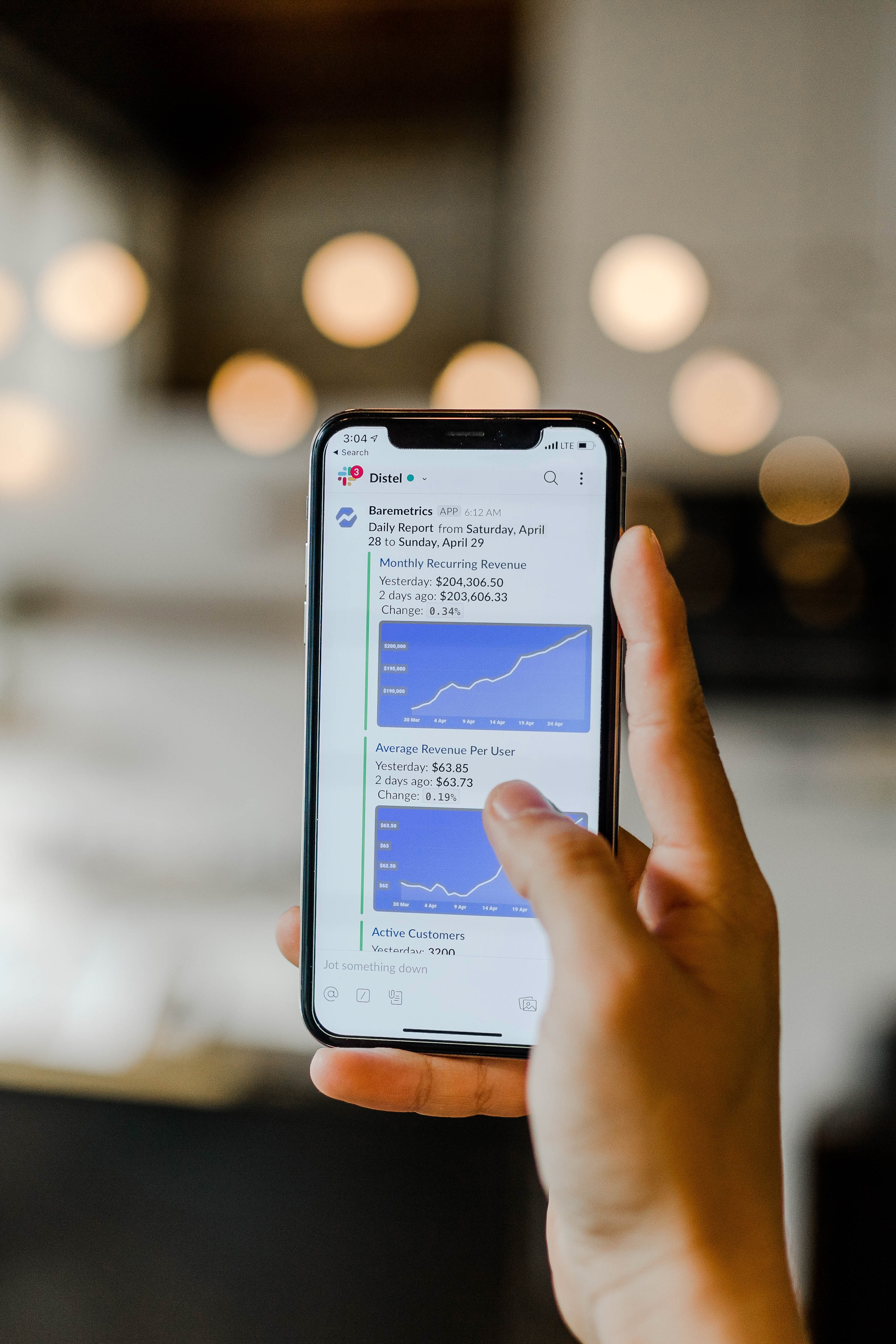You would not think that data analytics and sports would be a combination of terms used together but in fact, data plays a big role in sports. Data is something that is crucial to almost every industry, and sports like football, cricket, rugby, basketball, tennis, and more, use sports analytics in their field as well.
So how does data get incorporated into sports? Is it for players? Or is it for audiences? Can data and sports analytics make the world of football better? Let’s find out.
Sports Analytics: What do you need to know?
Sports analytics is an industry that uses data to develop meaningful insights about players, teams, performance, tactics, and more. Sports like football require more than just technique. You can source the best players for your team and not guide them to improve their performance, both individually and together as a team, and they will lose most of the matches they set out to play.

The European football market is worth over 25 billion Euros (Statista) as of now, and the industry is only going to grow. Football is a sport that unites people from all over the world. You can find fans of football teams like Manchester United or Chelsea, or even World Cup followers in the most remote parts of the world. There are many leagues, championships, and teams from different countries that participate, and the culture is growing as more and more people are getting involved in the field.
When did data become a part of this beloved sport?
Well the inclusion of sports analytics began as early as the 1960s. In 1966 (AIM), a company called Chyronhego became the first one to use data analytics to create real-time data visualisations of the live telecast of games. As technology began to evolve, data became more and more included with sports.

Evolution of Sports Analytics Over Time
The beginning of the 21st century also observed the beginning of usage of data analytics in sports. The early 2000s brought about using data analytics for ball tracking completed by using high resolution and high precision cameras. In the same decade, basketball started using sports analytics to help coaches with scouting and recruitment of future players. They also started using data to understand their audiences better so that they could promote the sport and increase the entertainment value it provided.
Later, technology evolved to include wearable gadgets that players could wear while they were in a match or training to help them track their performance. This was a game changer in multiple sports. The data gathered with these gadgets was priceless for coaches and managers. They could understand their players on a whole new level. By tracking their performance individually while training and while they were competing, they could generate insights that would help them track the players’ progress, their strengths, weaknesses, and more.
The collected data got analysed and managers could finally use it to develop strategies that would allow their players to perform at their very best and eliminate or mitigate their flaws.
Once companies realised this was a possibility and understood the value of data in football or any other sport, they began to look at it as an asset and a tool, which changed the entire approach with which the sport was played.
A couple of years later, a company called Krossover, was the first one to generate insights from recorded video clips. So now, not only could teams track their progress so far and analyse that information, they also had access to insights of other teams and their performance. They could work with data analytics firms and agencies to process pre-recorded games of their teams and their competitors teams to analyse their players and their strategies for the game. This changed the way all professionals approached any sport, and football was never the same.
Read more: Big Data Analytics: What it is and Why it Matters?
When Did Sports Analytics Become So Popular?
A few years ago sports analytics became a widely discussed and debated topic when the Brad Pitt film, Moneyball, was released. It gained global traction. The film is about how the baseball team scouting and training evolved once data analytics and predictive analytics was added to the regular scouting and training processes. The leads Jonah Hill and Brad Pitt used data analytics to gather player statistics, used data analytics to develop insights about their competitors, and predictive analytics to strategise the game. Unsurprisingly, they started winning and winning big.
The movie showed how data analytics and processing of insights is an equally important element of the entire sport. As important as the actual training and scouting of the team players.

Since then sports analytics have gained a lot of traction and are now widely used around the world. Sports analytics has now become an entire industry by itself, and it’s projected to be worth more than $3.2 billion (Builtin) by 2028.
Sports Data Analysis Today: The On-Field and Off-Field Applications of Data Analytics in Sport
There are two ways data has been used to improve the entire football experience. It’s a sport that involves a lot of people, who follow it religiously. It is like a performance, and the industry gains a lot of traction overall.
So the applications of data analysis in football are focused on improving team performance, player performance, their strategy building, competitor analysis, and developing ways in which they can optimise the entire experience so that the industry generates more revenue.
Read more: The Science of Music: How Big Data Is Transforming the Music Industry?
There are two main elements where data analysis is in use:
- The spectator element which involves the audience, media rights, viewing rights, merchandising, event management and revenue, and more.
- The participator element which involves sports facilities, training equipment, team management, sports science, and more.

Data analytics services have created means to process all this raw and unfiltered data to develop actionable insights which can be used to improve both the elements involved in sport. The rise of digital transformation has enabled technology that uses machine learning and other artificial intelligence tools to process raw data. There are also a lot of predictive algorithms that have been developed over time that help managers and coaches create more accurate predictive analysis to help them make smarter and more winning decisions.
The better a team plays the more likely they are to get more resources. The more resources they get, the more they can do to improve their performance. Sports like football now have data analytics at the very core of their operations and it is something that cannot be ignored today.
Off-field sports analytics is also growing in terms of adoption. There are a number of business intelligence tools that data analytics services provide that can help track consumer behaviour. Today, we have the technology to quantify fan behaviour using deep sentiment analysis with the help of cognitive algorithms. These parameters are used by team owners, corporate sponsors, football leagues, and more to increase the revenue they generate.
There are plenty of tools available at hand for football teams to utilise. But the tools can only do so much. Teams also need to make the right investments when it comes to using the manpower to understand this processed data to help make the right decisions. Now sports like football have evolved to being more than just a game. Football fans don’t just sit and watch the game and then forget about it. They are actively involved participants in the industry, which can be used to turn a lot of profit.
Giving them access to player statistics, the development of fantasy football, the electronic betting industry, selling out merchandise, branded sports equipment… the opportunities present today are endless. Data analytics in sports like football helps teams assess these opportunities and use them to increase their revenue.
Read more: Evolution of Research Solutions and Data Analytics
Some Ways to Use Sports Analytics
Injury Predictions
Wearable gadgets help analyse each player’s performance and this data can be used to predict and prevent any possible injuries. It helps trainers understand the current fitness and exertion level of the player and develop their fitness and diet regime to enhance the performance and reduce the chances of injury.
Also read: 7 Big Data Trends to Look Forward by 2025
Valuating the Football Players
Player valuation is determined by a number of factors. The hype they have in football, how well they perform, and how consistent they are in their games. These factors can be analysed by team managers when bidding for a new player. The bid decides the market value of the player, which is created by conducting a thorough analysis of the factors mentioned above.
Building Team Performance Strategies for the Game
This has been discussed in depth before, but football managers can use the past performance data, individual player data and competitor data to build the best possible strategy before they enter a game. They literally create a game plan that involves a lot of data analytics to help them improve their chances of winning.
Building a Brand and Marketing Strategy
Sports like football are heavily sponsored and branded. So obviously the teams need to create a brand for themselves as individual players as well as as a team. Understanding their fan base will help them create the most effective strategy to increase their revenue, which can be done by using data analytics and machine learning tools.
Ticketing
The pricing and expectation of tickets for games can be determined using predictive analysis of data. Each game can generate different revenue, and accurate analysis and insights can help maximise the ticket sales, get a better understanding of the pricing structure, and increase the profit they make.
Read Also: Super Bowl Meets Data Analytics: This Is Where the Fireworks Begin
Final Thoughts
Football is more than just a sport. It is a culture on its own. Data analytics services only improve the experience for the player and the fan. The technology used in sports like football to develop game insights is only growing, and big teams like Real Madrid and Manchester United are utilising them to improve their performance. The sports industry is booming, and sports analytics is rising in importance with it.









